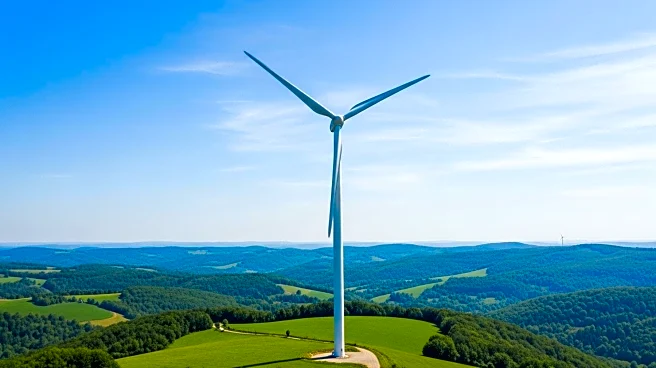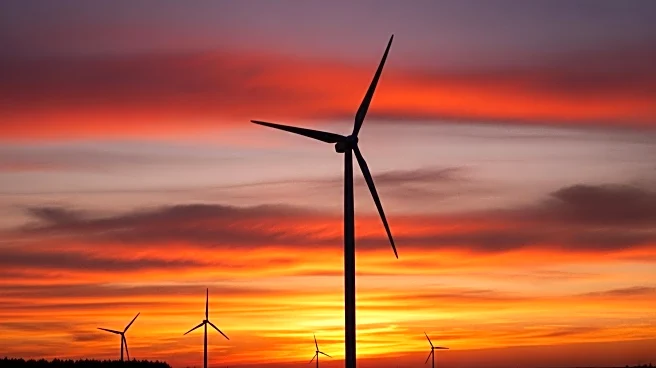What's Happening?
Hyperscale data centers, which are crucial for processing vast amounts of information, are facing scrutiny due to their significant energy and water consumption. These centers, consisting of thousands of servers, require substantial electricity and water for cooling systems. The British Government is considering regulatory changes to facilitate the automatic approval of these centers, raising concerns about energy security and water resource management. The expansion of data centers is driven by the increasing demand for artificial intelligence, which necessitates extensive data processing capabilities.
Why It's Important?
The environmental impact of hyperscale data centers is significant, as they consume as much electricity as a town of 50,000 people and require similar amounts of water for cooling. This poses challenges for regions already facing water scarcity and strains on energy resources. The growth of these centers is fueled by the demand for AI technologies, which could exacerbate existing environmental issues. The economic benefits of data centers are minimal for local economies, as profits are largely retained by their US-based owners, and they create few jobs.
What's Next?
The British Government's proposed AI Bill could lead to automatic approvals for data centers, potentially increasing their numbers and environmental impact. Stakeholders, including environmental groups and local communities, may push back against these changes due to concerns over energy security and water resource management. The ongoing expansion of data centers will likely continue to drive discussions on balancing technological advancement with environmental sustainability.
Beyond the Headlines
The rapid growth of hyperscale data centers highlights the need for sustainable practices in technology development. As AI technologies continue to evolve, finding solutions to mitigate their environmental impact will be crucial. This includes exploring alternative cooling methods and energy sources to reduce reliance on water and electricity.











